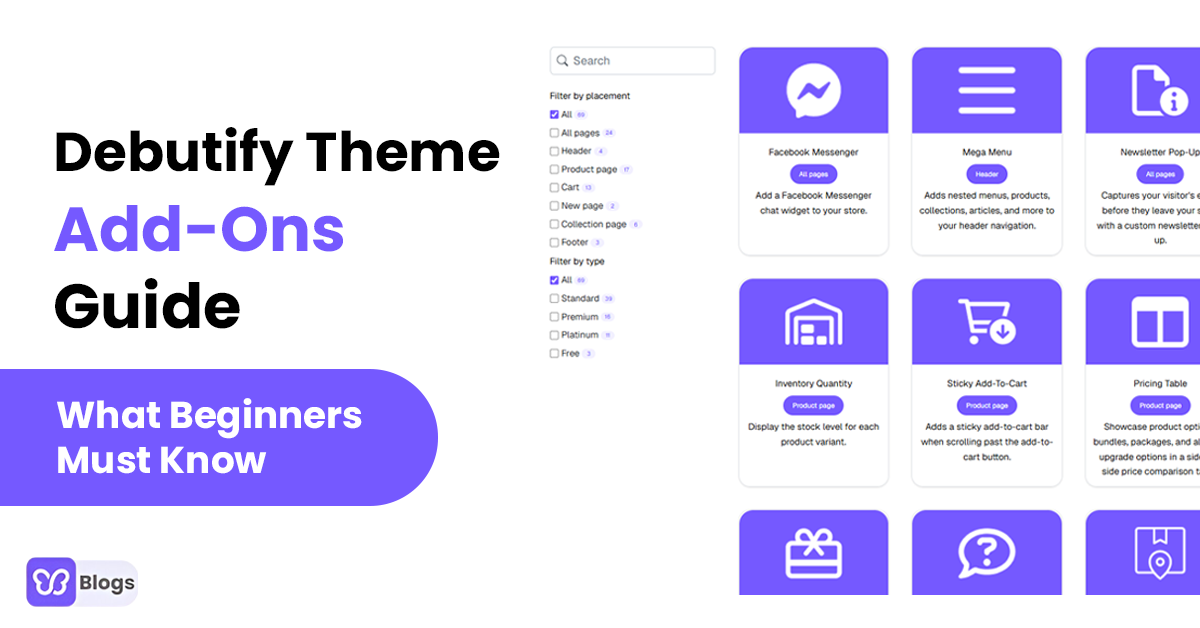A pillar-based marketing strategy should be put into practice by first understanding your target audience, reviewing your business goals, researching potential core topics, prioritizing and refining them, validating them with audience feedback, conducting keyword research, analyzing industry trends, assessing competitor content, and brainstorming topic ideas.
This procedure guarantees that your effective content marketing strategy is in line with the requirements and interests of your audience while also establishing your brand's authority and competence in your sector. You may develop a thorough and effective content strategy by following market trends, examining the content of your competitors, coming up with topic ideas, sorting and honing your list, and getting input from your audience on the subjects you have selected. Your content strategy and pillar material will be built off these major themes.
A marketing strategy's most important instrument is the pillar page, which offers extensive resources on important subjects. Choosing the main subjects, obtaining data, establishing the framework, producing interesting content, optimizing for search engines, incorporating internal links, and providing calls to action (CTAs) are all part of it.
The page should have clean, white space, and legible typography. Before publication, it should be reviewed, revised, and pushed across a variety of media to boost awareness and interaction.
To effectively support pillar pages, it is crucial to identify specific subtopics and gather relevant information. This can be done through research, industry publications, case studies, expert interviews, and customer feedback.
The most appropriate content formats for each subtopic should be determined based on audience preferences and the nature of the information being conveyed. The structure of each supporting content piece should be planned, breaking it down into sections or key points, each focusing on a specific aspect related to the subtopic.
High-quality, engaging content should be created, optimized for SEO, and included in internal links to guide users to explore related topics and resources. Clear and relevant Calls-to-Action (CTAs) should be included to encourage user engagement.
The design and formatting of the supporting content should be carefully considered to enhance the user experience. The content should be reviewed and iterated before publishing, and the content should be published and promoted through various channels to increase its visibility.
SEO optimization is a crucial aspect of a pillar-based marketing strategy. It involves identifying opportunities to internally link between pillar pages and supporting content, using descriptive and relevant anchor text. External linking involves seeking opportunities to earn backlinks from authoritative websites and creating high-quality content.
On-Page SEO involves optimizing pillar pages and supporting content for target keywords related to core topics. Technical SEO involves creating a mobile-friendly and responsive website, implementing schema markup, and submitting sitemaps to search engines.
Content quality and relevance in search terms are essential, with keyword research and compelling meta titles encouraging clicks in search engine results pages.
User experience optimization involves ensuring fast page load times, intuitive navigation, and mobile responsiveness. Monitoring and analyzing performance using tools like Google Analytics and Google Search Console helps in refining SEO strategies and improving visibility in search results.







